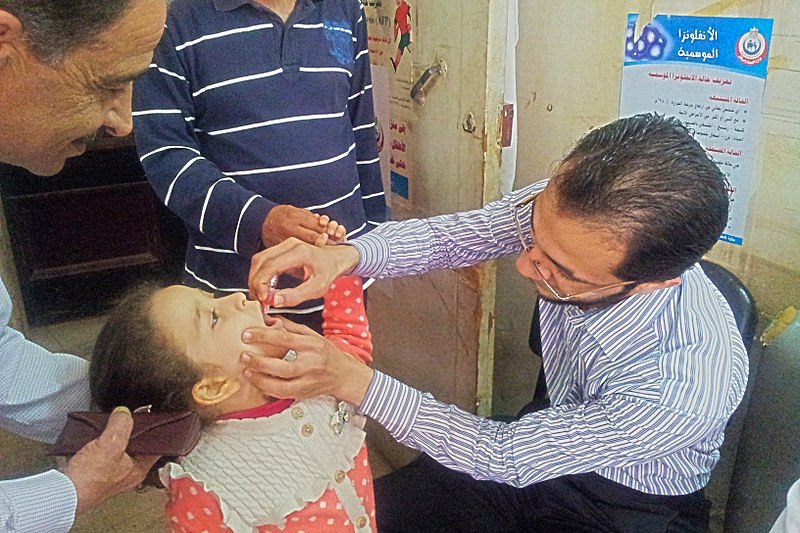
(CNN) – The bright red spot, tender skin, days of peeling — it’s only part of the sun damage story.
Sunburns are the most immediately annoying evidence of too much time spent unprotected in the sun, but what we often don’t see right away is the accelerated skin aging and risk of skin cancer that can go along with them.
“Unfortunately, skin cancer rates are still rising, and we do everything we can to try to minimize that, and using sunscreen is one component of that,” said Dr. Darrell Rigel, clinical professor of dermatology at Mount Sinai Icahn School of Medicine in New York City.
The Environmental Working Group released its annual guide to sunscreen use Thursday, with lists of its recommended sunscreens, including options for kids, mineral and nonmineral varieties, and moisturizers and lip balms with SPF. The EWG does not make revenue from these lists, according to a spokesperson.
The guide comes in time for the warmer months, as many people begin to spend more time outside, but good sun protection is important even if it’s cool or cloudy, and whether you are sitting by a window, out skiing, or at the beach, dermatologists said.
“Obviously, summertime we are more exposed to more sun, but any given day we should be conscious of the fact that ultraviolet radiation is an established, well-known carcinogen, aside from the fact that it can accelerate the aging of skin,” said Dr. Adam Friedman, professor and chair of the department of dermatology at the George Washington School of Medicine and Health Sciences.
Who needs it
Short answer: everyone.
Longer answer: Darker skin does provide more protection against the sun, but that doesn’t mean it is completely immune to sun damage, the experts said.
According to US data, people of color are at a lower risk for melanoma than White people, but they still face a risk, Rigel said.
And if you look up images of a sunburn, you are likely to see the condition’s bright red marks on pale skin, but that has to do with a lack of representation, Friedman said. Sunburns can appear on all skin types — in many colors — and can result in premature aging for anyone.
The problem is that representation is also limited in sun protection. Even on light skin, sunscreen often goes on thick, heavy and too white. For people of color, it’s still more problematic.
“There’s not one product that is going to be appropriate for everyone,” Friedman said. “Finding one that plays nice on the skin is not always easy.”
Fortunately, some mineral-based sunscreens are coming out with lines that are tinted to try to match skin tones, but Friedman said it’s important to shop around and find one that feels good and matches your complexion, so that you will use it regularly. Some mineral-based sunscreens also go on clear.
“The best sunscreen is the one you will use again and again and again,” he said.
How to apply
One application should use about an ounce — or one shot glassful — of sunscreen, said Carla Burns, EWG’s senior director for cosmetic science.
“We recommend opting for lotions (over) stick products, it is a lot easier to get that adequate even layer of protection,” she added.
There are two types of sunscreens, Rigel said, the kind you use every day and those you use when you plan to spend prolonged time outside.
In everyday wear, Friedman recommended finding products that double up as moisturizers or makeup with SPF to ensure that you make sun protection an easy part of your routine.
If you are heading out for a day in the sun, Burns said it’s important to remember to reapply your sunscreen every two hours — or after playing in the water — to maintain the right level of protection.
In either case, sun protection should go anywhere that skin is exposed to the sun — that could mean your face, hands, ears or the part in your hair. And your lips and the surfaces around your eyes are thin and vulnerable to sun damage, so make sure they have SPF protection, too, Friedman said.
What SPF to look for
“You want at least an SPF 35 — that’s a minimum,” Rigel said.
But is there a maximum? Well, that is where the experts differed in their advice.
The EWG recommended against really high SPF sunscreens, saying that they can mislead people into thinking that they can be out in the sun for a longer period of time without reapplying.
And no, you can’t stay out longer if you have on an SPF 100, Rigel agreed. But he said he often recommends his patients opt for the higher number as a safety net.
What to look for on the label
There is no such thing as a waterproof sunscreen, so Rigel said to look for a water-resistant product instead.
And when it comes to fighting premature aging and skin cancer — not just sunburn — it’s crucial to make sure that your sunscreen has broad spectrum UVA/UVB coverage, Friedman said.
The EWG recommends mineral-based sunscreens. The ingredients to look for to find those products are zinc oxide and titanium dioxide, Burns said.
Are there ingredients to avoid?
Some nonmineral sunscreens use an ingredient called oxybenzone, which has been linked in some studies to harm to marine life.
Some countries and regions have prohibited the sale of products containing oxybenzone in the past few years due to environmental concerns, Burns said.
What reinforcements to add
Sunscreens are helpful tools to protect against sun damage and skin cancer, but they are not the only ones.
When possible, it can also be helpful to wear a hat, cover with clothing, avoid hours when the sun is at its peak (from 10 a.m to 4 p.m.) and stay in the shade, said Emily Spilman, a science analyst for the healthy living team at the EWG.




